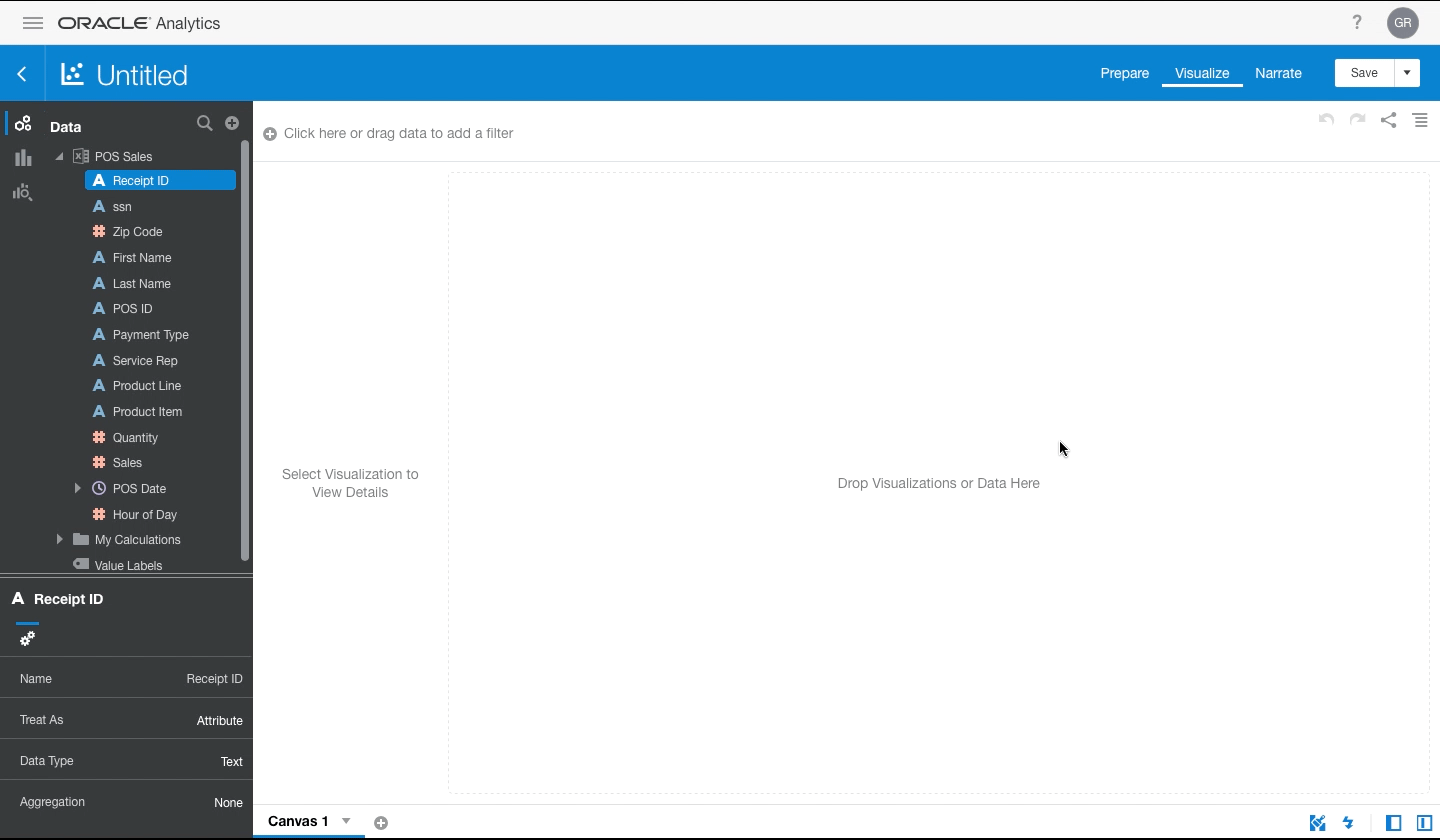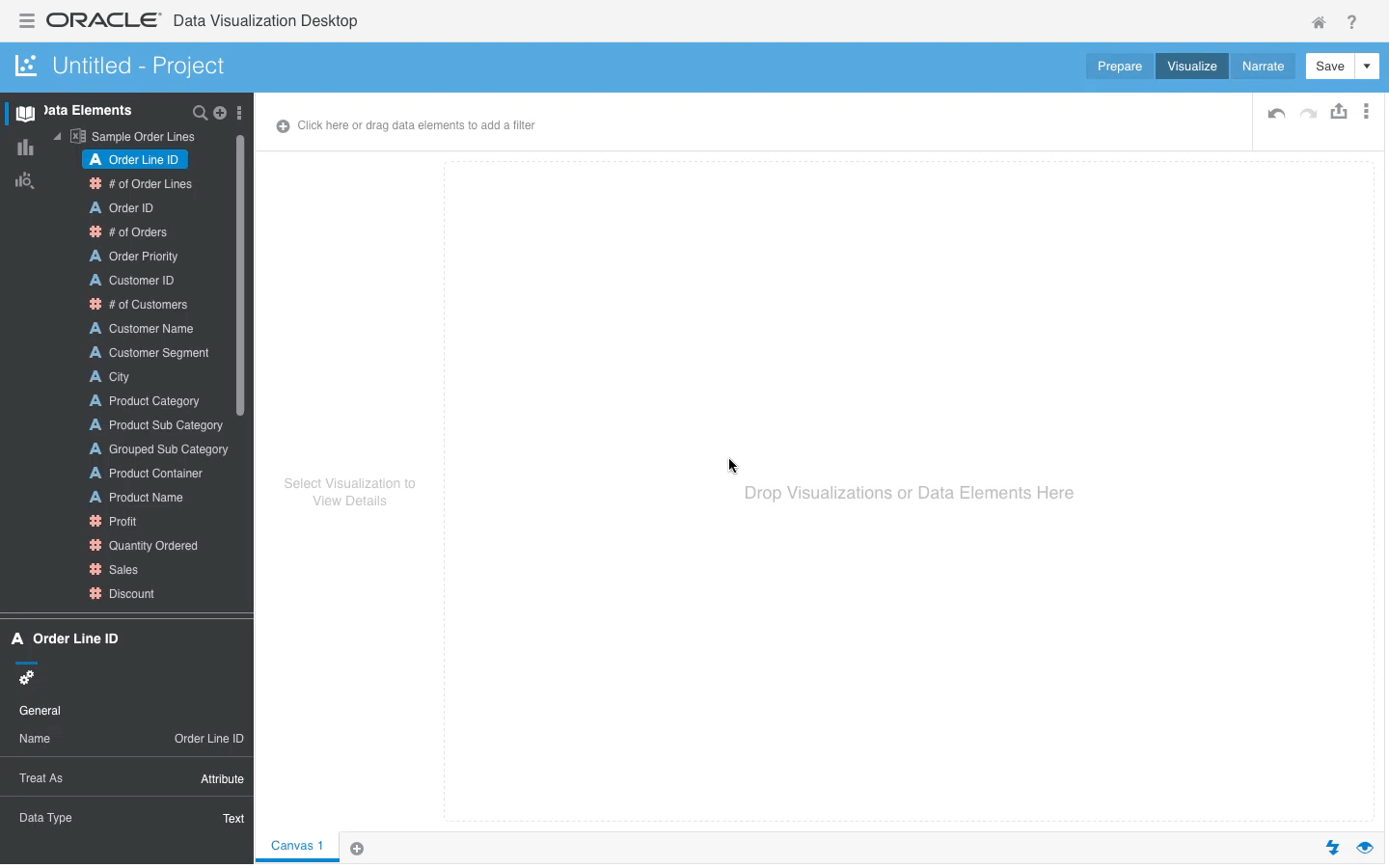Disclaimer: The writing and musing of the author do not necessarily reflect the views of his employer.
It has been a long time since my last blog post, so I wanted to start with a simple thought piece that is largely inspired by the pandemic. Studies have shown that the time it took companies to react to the pandemic was predicated on whether they had an adequate data analytics process in place. While some companies were able to make quick decisions solely based on data, others suffered from what economists refer to as a recognition lag.
Recognition Lag
There is usually a lag between when a significant event occurs and when it is recognized to have occurred, a lag between the recognition and the implementation of a solution, and finally, a lag between the implementation phase and the resulting impact. These lags are usually respectively referred to by economists as recognition, implementation, and impact lags.
Whether we are dealing with macroeconomy, business operation or a pandemic, the time lapses between recognition, decision, and action are always critical. And historically, recognition lag has been found to be the bottleneck with delays, depending on the industry, spanning from several weeks to several months. It is no wonder that economists tend to signal market downturns long after an economic shock (i.e., boom or bust) has occurred. So the question that invariably arises is how to reduce the gap and get to a decision quicker. The answer, though a bit cliché, is of course for companies to harness the power of their data to get better insight…to become more data-driven!
Analytics for LOB
So quite naturally, in the recent years we noticed a paradigm shift. Lines of business (LOB) started taking ownership of their data to get more insight out of them. Data analytics went from being a service provided by IT to a more decentralized service owned by individual business units, with support from IT. We saw the genesis of the Analytics for LOB, a movement that allowed LOB users and LOB managers to not only create meaningful analysis, but in a self-service manner, without the protracted processes that would require them to provide information to their IT and wait weeks and months for a data warehouse to be created before they can start getting insights.
However, LOBs were naturally only interested in creating dashboards and reports to help with their day-to-day activities. Their main goal was to run the business, which they were able to do by using the most commonly available business intelligence (BI) reporting tools. However, most reporting tools don’t have the capability to provide insights into data that would help them grow the business. They quickly came to the realization that advanced capabilities were needed if they wanted the ability to make strategic decisions by blending data, in some cases large volumes of data, from multiple source systems.
Augmented Analytics
What we observed during the pandemic was that companies who managed to stay ahead of the curve needed to have the ability to do Augmented Analytics. They needed to go beyond reporting on transactional and/or historical data, but also inject Artificial Intelligence (AI) and Machine Learning (ML) into their analytics workstreams to make better decisions and more importantly, predictions. Ritu Jyoti, Group Vice President, Worldwide Artificial Intelligence (AI) and Automation Research with IDC's software market research and advisory practice, believes that “Companies will adopt AI – not just because they can, but because they must.” [1]
Key here is the fact that AI and ML are becoming ubiquitous, to a point where companies need to have AI and ML capabilities to be considered world class. Case and point, The Hackett Group’s latest survey (The Technology Function Agenda: 2022 Key Issues [2]) highlights the fact that companies that don’t the right process in place suffered: “Delayed reaction to changes in consumer or customer expectations that could have been revealed early by market data analysis.”

On the bright side, data and analytics seems to be a key issue for most companies still (see projected growth above). So the hope is that more companies will now have to ability to react to major crisis and avoid being in a competitive disadvantage.
Oracle Analytics Cloud (OAC)
With the scarcity of data scientist, having the right data analytic tools becomes even more important. Given the amount of data generated by the average company, the right data analytics tool should, at the very least, be able to blend, enrich, enhance and analyze siloed data.
The purpose of this piece wasn’t to position a specific product, but it would be remiss of me not to offer up a possible solution. This is certainly not the only analytics tool on the market; however, Oracle Analytics Cloud (OAC) fits the bill.
Here are some key features of OAC, beyond the basic features most tools have, that makes it a great data visualization tool, and why I think it can help reduce or eliminate the lag:
· Augmented Data Enrichment
· Automate Narratives with Natural Language Generation (NLG)
· Embedded Machine Learning
Augmented Data Enrichment:
Understanding the semantics and context of your data
Patented deep data profiling identifies the specific role of each column
Deliver rich data transform and enrichment recommendations
Formatting, knowledge-based enrichments, obfuscation.
20+ different enrichments built in
Enforce sensitive data security on any sources including personal files

Automate Narratives with Natural Language Generation (NLG):
Automate variance analysis
Improve understanding
Building block for other conversational interface capabilities
Automated narrative based on visual grammar

Embedded Machine Learning:
Data Flow to train machine learning models.
Linear Regression, Random Forest, CART, K-Means Clustering and more algorithms.
Machine Learning models for Predictive Analytics.

For more information on how OAC compares to other business analytics tool, see https://www.oracle.com/business-analytics/comparison-chart.html
